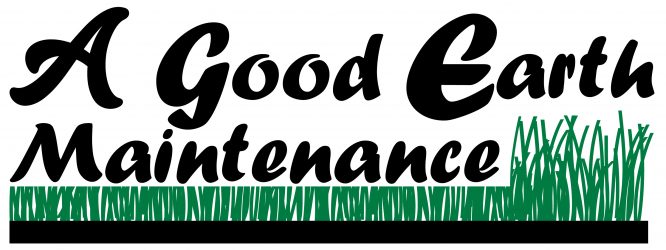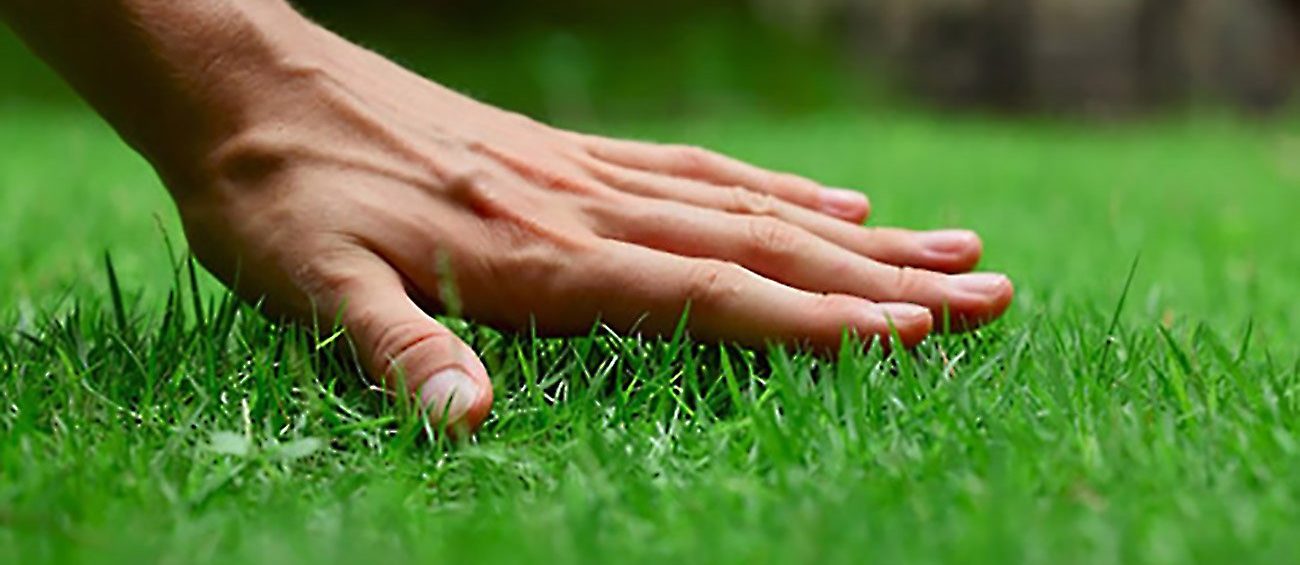Mowing & Lawn Care Tips
99% of all LAWN PROBLEMS are due to IMPROPER WATERING, not by an exotic disease. The good news is that you CAN control your watering!
TOPICS: • Your Soil • Fungus Causes • Fertilizer Choices • Thatch Issues • Power Raking Challenges • Thatch Prevention • Mowing Techniques • Over-cutting Problems
Your Soil IS Alive
Your soil is teaming with life and nourishes the plants that live in it. Your soil thrives on a combination of heat, moisture, air, water, and food.
Overwatering Creates Necrotic Ring Spot Fungus
Necrotic Ring Spot is a fungus that attacks lawns that are being over watered or poor drainage. The fungus is easy to control as long as the excessive water is corrected. Check your water sprinkler head for proper positioning or if one of the watering zones isrunning too long.
Underwatering Creates Ascochyta Leaf Blight or Dollar Spot
This is a fungus caused by too little watering and the absence of beneficial microbial activity and is nitrogen deficient. There is noticeable patchyness and the bright “straw like color” which are indicating features of the fungus. Another trigger for the fungus is heat and drought stress. The fungus is active when daytime temperatures are above 85°F. particularly in turf that is nitrogen deficient and lacking beneficial microbial activity. Ascochyta is found where poor sprinkler coverage occurs.
The water cure: Water the lawn deeply 3 times a day for 3 consecutive days. Then return to watering 2-3 days per week. Also it is important to water early in the morning as instead of late at night or even worse in the daytime.
Synthetic Fertilizers are Bad like Steroids
The problem with synthetic fertilizers is that while they feed your lawn quickly and produce a quick greening effect, they do not nourish the soil and, in fact, actually kills off some of the good micro-organisms and reduces the ability of the soil to nourish the lawn long-term. Synthetic fertilizers are the plant world equivalent of steroids. Much like in humans, the recipient appears healthy on the outside but underneath things aren’t as healthy as they seem.
Children and pets are especially at-risk for negative health consequences due to their size, physiological development and proximity to the ground. Plus unused fertilizers can get into the water system through runoff and hurt the eco-balance. So choose organic fertilizers for the true health of your lawn, soil and family members.
Organic Fertilizers are Environmental and Kid/Pet Friendly
Organic fertilizers are a kinder, gentler way to give plants the nutrients they need. Organic fertilizers usually come from plants, animals, or minerals and contain a variety of nutrients to enhance the soil ecosystem. Synthetic fertilizers don’t enhance soil life or add organic matter.
Other benefits for using organic fertilizers over synthetics are:
• They release their nutrients more slowly in the soil, when the plants need them,so they last longer.
• The nutrients are contained in complex molecules that won’t leach away with the first rain or watering.
• They are less likely t o burn the young roots of seedlings. Synthetic fertilizers are made from mineral salts that can kill roots as well as soil microbes if applied improperly.
• They enhance soil health by nurturing the natural soil microbes that help make soil nutrients available to plants.
What Causes Thatch?
Thatch will accumulate if the production of dead material exceeds the ability of the microorganisms to break down the material into elemental components. Thatch build-up increases when there is an absence of beneficial microbial activity. This happens if there is poor soil aeration and drainage, improper watering practices, cold temperatures, the use of some pesticides, and the excessive use of fast release nitrogen fertilizers especially in a non-organic or water-soluble form. When a thatch layer is greater than 3/4 of an inch thick it may need to be physically removed because then it can become a
breeding ground for insect pests and for various fungi.
Grass Clippings – Good or Bad?
Clippings often get blamed for thatch, and people rake clippings because they don’t want to contribute to thatch build-up, but this is a false problem with a non-solution. Clippings only contribute to thatch if they are excessively long, or if the thatch layer is so deep that it keeps clippings from decomposing.
Power Raking – Not Worth the Damage
For more serious thatch buildup, you may need to rent a vertical mower. It is a
specialized machine that works vertically to break up and remove buildup. This
approach can be so hard on the rest of your lawn that you’ll often need to reseed after using one. Anything that hard on the lawn should only be used in spring or fall, when grass recovers more quickly than it can in the stress of summer heat. Additionally, spring and fall are also the best times for overseeding.
Lawn Health: Four Thatch Prevention Tactics Mowing
– Never cut more than 1/3 of the blade o f grass at one time. Mulching does not
increase the tendency to build thatch. Change the mowing height to 2.5 inches in the spring and fall and increase the height to 3 inches in the summer.
Fertilizing – Fast-release nitrogen applications will result in a decrease in thatch decomposition and an increase in thatch production rates. Always avoid high dosages of synthetic nitrogen sources like ammonium nitrate and urea. Irrigation – Avoid light and frequent watering. Always irrigate the turf deeply and infrequently. This entices the roots of the grass to grow deep into the soil instead of the thatch layer.
Pesticides – Pesticides negatively affect desirable microorganism and earthworm populations. Pesticides should be avoided unless absolutely necessary.
Mowing Made Simple
• Mow once per week
• Set your lawn mower so it is on the highest setting
• Sharpen the blade once every 5 mows
• Mulch the clippings as long as they don ’t clump up all over the lawn
Over-cutting Triggers a Trauma Response
Short-cutting triggers the plants response system to go into a survival mode – like post-traumatic stress for your plants. This means that your lawn won’t build roots and effects the overall health. Likewise, trimming edges too short causes crabgrass and weeds to take root and grow.
Explore more!
Landscaping
Watering Tips
Aeration
Organic Fertilizers
Reviews
A Good Earth Maintenance
Humberto Nieto, Owner
Phone: 303-774-1234
Email: [email protected]


